ماژول آمپلی فایر 18 وات TDA2030
ماژول آمپلی فایر مونو 18W با چیپ TDA2030
درباره این کالا بیشتر بدانید
دستگاه تقویت صوت که اصطلاحا آن را به زبان انگلیسی آمپلی فایر (Amplifier) مینامند، یک ابزار متشکل از قطعات الکترونیکی است که میتواند صدا را دریافت و تقویت کرده و به صورت شفاف و قویتر به کاربر ارائه دهد. این دسته از لوازم الکترونیکی دارای تنوع بسیار بالایی هستند.
ماژول های آمپلی فایر وسیله ای برای ایجاد ارتباط مابین اسپیکر و ورودی های صداست. تراشه ی TDA2030A ، تراشه ی آمپلی فایر صوت است و دارای وفاداری به اصل صدا، قابلیت پخش دقیق و جزئی صداهای موجود روی سیستم ها قرارداده شده است. بنابراین خروجی آن ماژول کیفیت صدایی مطلوب خواهد داشت.
ماژول آمپلی فایر با تراشه TDA2030A دارای تراشه تقویت کننده صوت از کلاس کاری AB و ولتاژ منبع تغذیه 6 تا 12 ولت بوده و از فرکانس پاسخ دهی 22 هرتز تا 22 کیلوهرتز بهره برده است. این ماژول الکترونیکی دارای 1 کانال خروجی از نوع مونو بوده و همراه با 18 وات توان خروجی برای هر کانال تولید شده است. این ماژول آمپلی فایر صدا را دریافت و پس از انجام پردازش روی صداها در خروجی صدای قویتر و شفاف تری را به شنوندگان صوت تحویل خواهد داد.
از این کیت آمپلیفایر مونو برای ساخت سیستمهای صوتی گوناگون، تقویت صوت در پروژههای مختلف میتوان بهره برد.
Description:
An audio power amplifier (or power amp) is an electronic amplifier that amplifies low-power electronic audio signals such as the signal from a radio receiver or electric guitar pickup to a level that is high enough for driving loudspeakers or headphones. Audio power amplifiers are found in all manner of sound systems including sound reinforcement, public address, and home audio systems and musical instrument amplifiers like guitar amplifiers. It is the final electronic stage in a typical audio playback chain before the signal is sent to the loudspeakers.
No amplifier is perfect in every respect or perfectly suited for every application; there are many different applications for amplifiers and many different types available. When you choose an amplifier for a particular application, you're always compromising on something—either gain (how much of a boost you get), linearity (how closely the output signal resembles the input, often informally referred to as "fidelity," especially for audio amplifiers) or efficiency (how much power you waste during the amplification process). Apart from being classified by things like voltage, power, current, and frequency, or their end-use, amplifiers are often also classified using letters of the alphabet (typically A to D), which, broadly speaking, tell you whether a certain amplifier is optimized for linearity, efficiency, or a compromise between them both.
Class A amplifiers generally provide the best output quality (the best linearity) but tend to be large, hot, heavy, power-hungry, and inefficient. Class B offers poorer linearity but is cheaper, runs cooler, and is much more efficient. Class AB is a compromise solution, aiming for the output quality of class A and the efficiency of class B. Class C amplifiers have much higher efficiency but much poorer output quality.
The TDA2030A provides high output current and has very low harmonic and cross-over distortion.
Further, the device incorporates a short circuit protection system comprising an arrangement for
automatically limiting the dissipated power so as to keep the working point of the output transistors
within their safe operating area. A conventional thermal shut-down system is also included.
The purpose of an amplifier is to receive a small electrical signal and enlarge or amplify it. In the case of a pre-amplifier, the signal must be amplified enough to be accepted by a power amplifier. In the case of a power amplifier, the signal must be enlarged much more, enough to power a loudspeaker.
The preceding stages in such a chain are low power audio amplifiers which perform tasks like pre-amplification of the signal (this is particularly associated with record turntable signals, microphone signals and electric instrument signals from pickups, such as the electric guitar and electric bass.), equalization (e.g., adjusting the bass and treble), tone controls, mixing different input signals or adding electronic effects such as reverb. The inputs can also be any number of audio sources like record players, CD players, digital audio players, and cassette players. Most audio power amplifiers require these low-level inputs, which are line level.
Features:
1. Onboard TDA2030A audio power amplifier chip
2. Mono 18W power amplifier circuit design
3. Onboard speaker terminal block
4. Onboard 10K adjustable resistance, you can adjust the volume of the amplification
5. Onboard power indicator
6. The chip's main pin has been led out, you can directly input the audio signal
7. Working Voltage: 6 ~ 12V
8. Board Size: 31.6 x 23.2mm

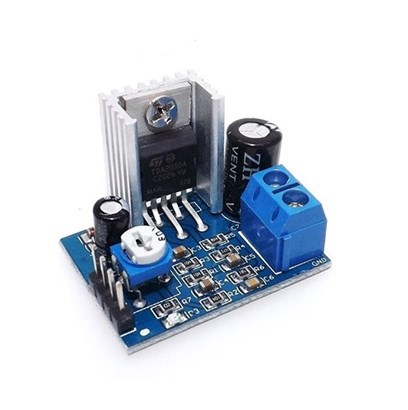
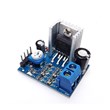
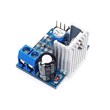
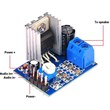
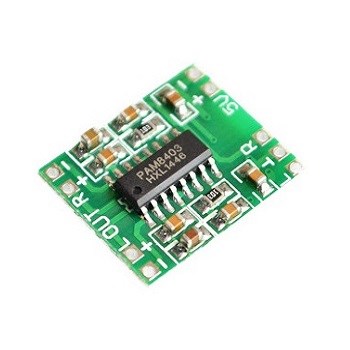
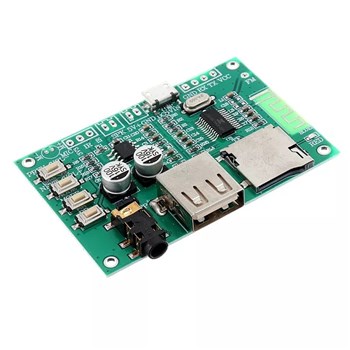
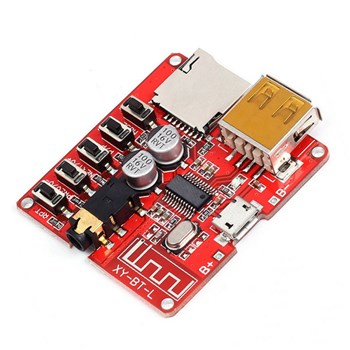
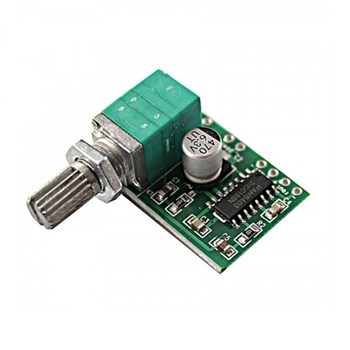
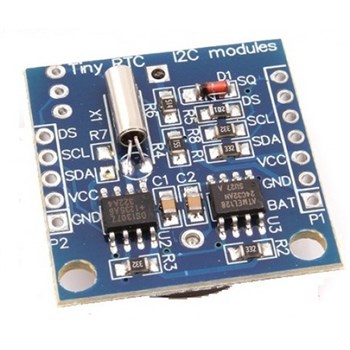
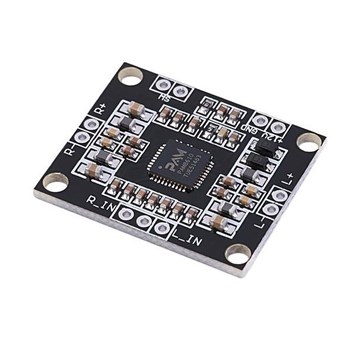

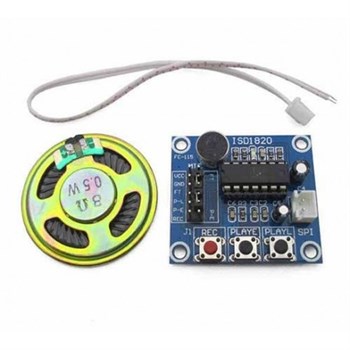
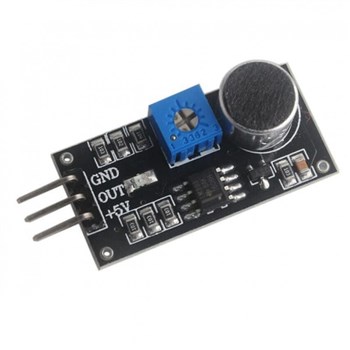
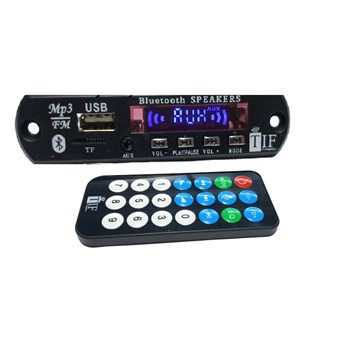
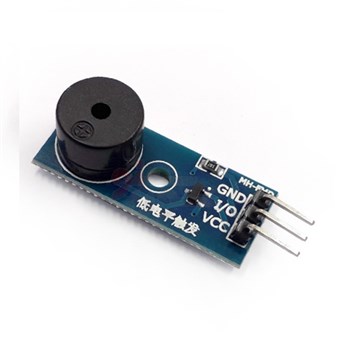




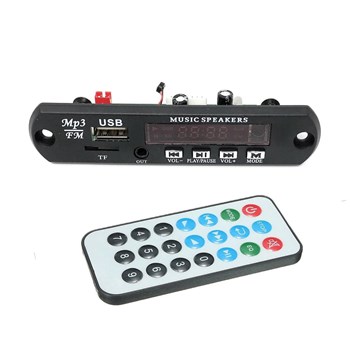

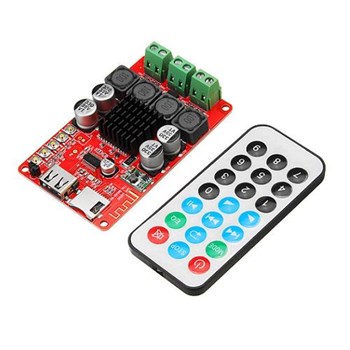

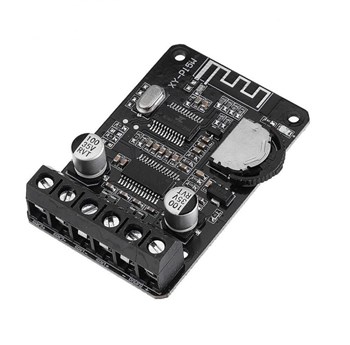
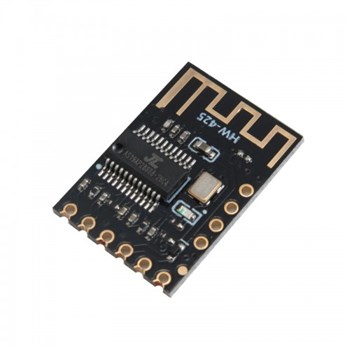
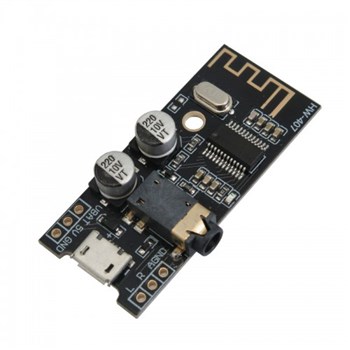
اولین نفری باشید که نظر خود را ثبت می کند.
برای ثبت نظر ابتدا باید به سایت ورود کنید.
ورود/ثبت نام